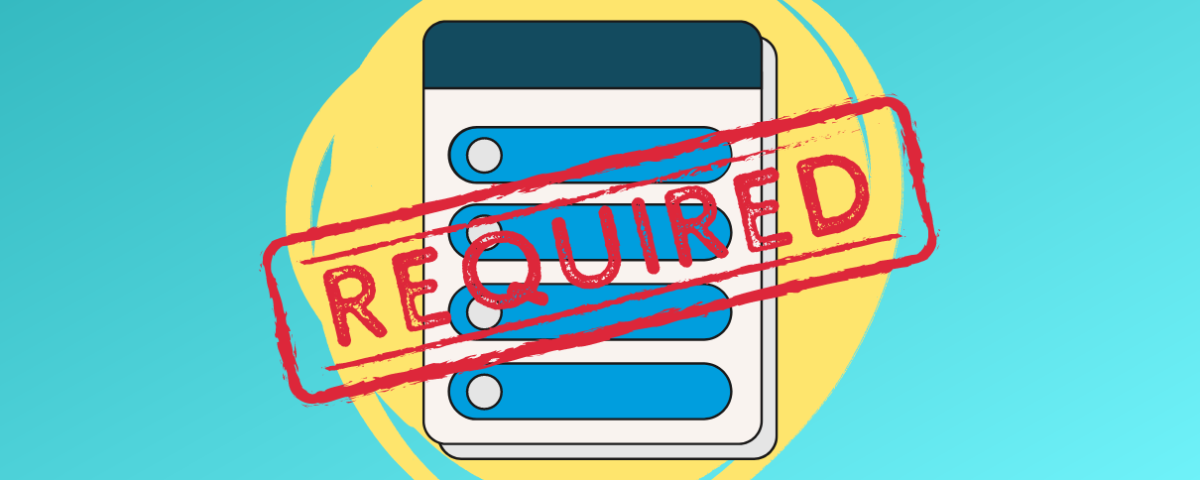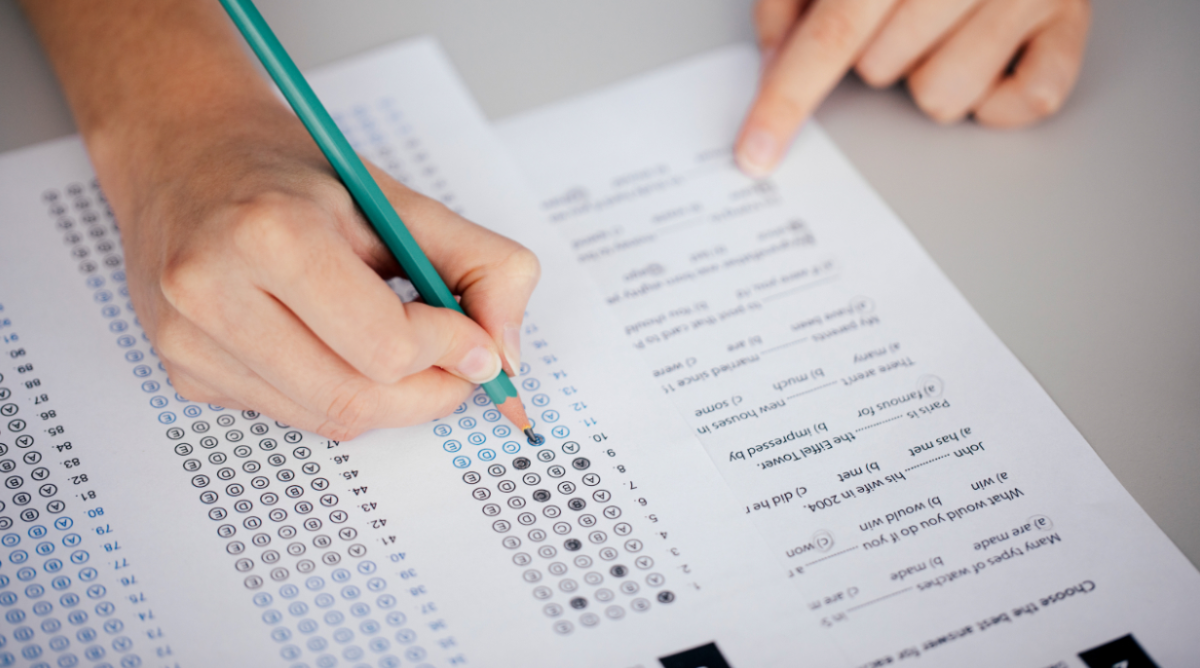As I sat nervously at my desk, the ticking clock grew louder with each passing minute. Despite weeks of preparation, I knew the test would measure little more than how well I could manage stress in a timed environment. For many students like me, standardized tests fail to reflect the full scope of our abilities. As I flipped through the test booklet, I wondered: how can studying for a few hours a day capture the multiple years of learning and personal growth I have experienced?
The primary flaw in standardized testing is its focus on memorization, prioritizing short-term memory over problem-solving. When students study for these tests, we often cram formulas, facts, and vocabulary terms in a limited time frame. Since standardized tests emphasize memorization, they leave out crucial skills necessary for real-world scenarios. Students are often reduced to a number and are forced into a one-size-fits-all mold that ignores the diversity of learning styles. In the real world, problem–solving is essential and cannot be measured through a timed multiple-choice exam.
Additionally, these tests fail to recognize creativity and collaboration– skills regularly emphasized in school and everyday life. In the real world, we do not see problems posed to us as multiple-choice questions; instead, problems require teamwork and innovative solutions– neither of which are measured by these exams. Sir Ken Robinson, a British author and advocate for education reform, states, “Creativity now is as important in education as literacy, and we should treat it with the same status” (Robinson, TED). His perspective highlights how traditional testing methods overlook essential human capabilities. These tests treat all students as if we learn in the same way, but in reality, our differences help us excel in the real world.
Another significant concern surrounding standardized tests is fairness– or, rather, the lack of it. These exams favor students with more accessibility to tutoring or test preparation, giving them a significant advantage with little to do with actual ability. A report by the Brookings Institution highlighted the clear inequality in test scores: “Students whose household income is greater than $200,000 outscore students whose household income is less than $20,000 by almost 300 points on a 1600 scale” (Brookings). The article explains how wealthy students are more likely to have access to tutors, take a standardized test preparation class, and attend a high school with a significant number of AP classes. All of these factors contribute to a wealthier student’s average overall higher test score than a lower-class one. This creates a cycle where wealth, not merit, tremendously influences your educational success.
Beyond the issue of inequity, standardized tests pose another flaw: they place a significant burden on students to perform under pressure, often resulting in higher levels of stress. A study by Harvard University found that “Students had 15 percent more cortisol in their systems during the homeroom period before a standardized test than on days with no high-stakes testing” (Harvard, 2019). Cortisol is a hormone linked to stress, and heightened levels can negatively affect cognitive functions such as memory, concentration, and problem-solving abilities. This statistic highlights the immense pressure students face, which can lead to anxiety and poor performance. The stakes are often so high that students compare their entire academic worth to a single test score, which not only distorts their self-perception but can also have a long-lasting effect on their mental health. Instead of offering a fair assessment, these tests often reward those better at handling high-pressure environments and memorization.
This problem is intensified for students with learning disabilities or test-taking anxiety. The rigid format of the test often does not account for these challenges, making it even harder for these students to succeed. An article by Education Week stated that “5.7 percent of students with disabilities met or exceeded the state’s proficiency standard in reading, compared to 36.6 percent of the general student population” (Edweek). This significant gap emphasizes the disadvantages faced by students with learning disabilities, as standardized tests are not designed to accommodate diverse learning styles and needs. While extended time and other accommodations may be available, they often do not target the fundamental problem: standardized tests are designed to prioritize speed and test-taking skills over meaningful learning. As a result, these students are frequently unable to demonstrate their true capabilities, leading to lower test scores and feelings of inefficiency.
Another commonly overlooked issue is the narrow scope of the exam. The SAT only measures math and English knowledge, neglecting other forms of intelligence such as creativity and practical problem-solving. Howard Garner’s theory of multiple intelligences emphasizes that “Intelligence is not a single entity, but a combination of various cognitive abilities” (Gardener, 1983). According to Gardener, an American developmental psychologist and professor at Harvard University, there are at least eight types of intelligences: linguistic, logical-mathematical, musical, spatial, bodily-kinesthetic, interpersonal, intrapersonal, and naturalistic. Standardized tests fail to acknowledge these diverse intelligences, unfairly valuing linguistic and logical-mathematical skills over others.
It is time for society to rethink how we measure student achievement. Instead of relying on standardized testing, we should explore approaches that take into account a broader range of skills, such as teamwork, creativity, and resilience. One such alternative is project-based learning, which allows students to engage in long-term, collaborative projects that assess a more comprehensive range of skills. The Buck Institute for Education states, “Students demonstrate better problem-solving skills in PBL than in more traditional classes and can apply what they learn to real-life situations” (Buck Institute for Education). In contrast to the high-pressure environment of standardized exams, project-based learning allows educators to create assignments tailored to individual students’ strengths, making the learning experience more beneficial to all students.
In conclusion, standardized tests are an outdated method of assessing student achievement. They fail to capture the full range of student abilities, create unfair advantages for wealthier students, and induce excess stress. As a society, we must shift toward more inclusive methods that value creativity, collaboration, and diverse forms of intelligence. By embracing alternatives like project-based learning, we can foster a more inclusive and equitable education for all students preparing to tackle life.



















Mr. Whalen • Oct 7, 2024 at 10:56 am
Fascinating article. Hopefully, this research will be present and factored in when these important decisions are made.
L. E. Burnette • Mar 18, 2025 at 8:56 am
Ms. Vasilenko, your article very articulately presents many of the same arguments that I have been making for many years. I found your insight so poignant and well-expressed that I shared it with all of my colleagues. However, there is one other avenue of research that I want you to consider; dialect. I grew up in rural North Alabama and have now taught for many years in the Black Belt. Just moving 100 miles, I found a few dialectal differences that initially confused communications between my students and I. Can you imagine the problems posed for these students when presented with tests written either in the north or the west coast? After one test, students came to me asking “How does a man turn into a brownstone?” See the research of the late James W. Loewen for more on this. Thank you for the splendid article! L. E. Burnette, Chair Emeritus, History Dept. Greene County High School, AL